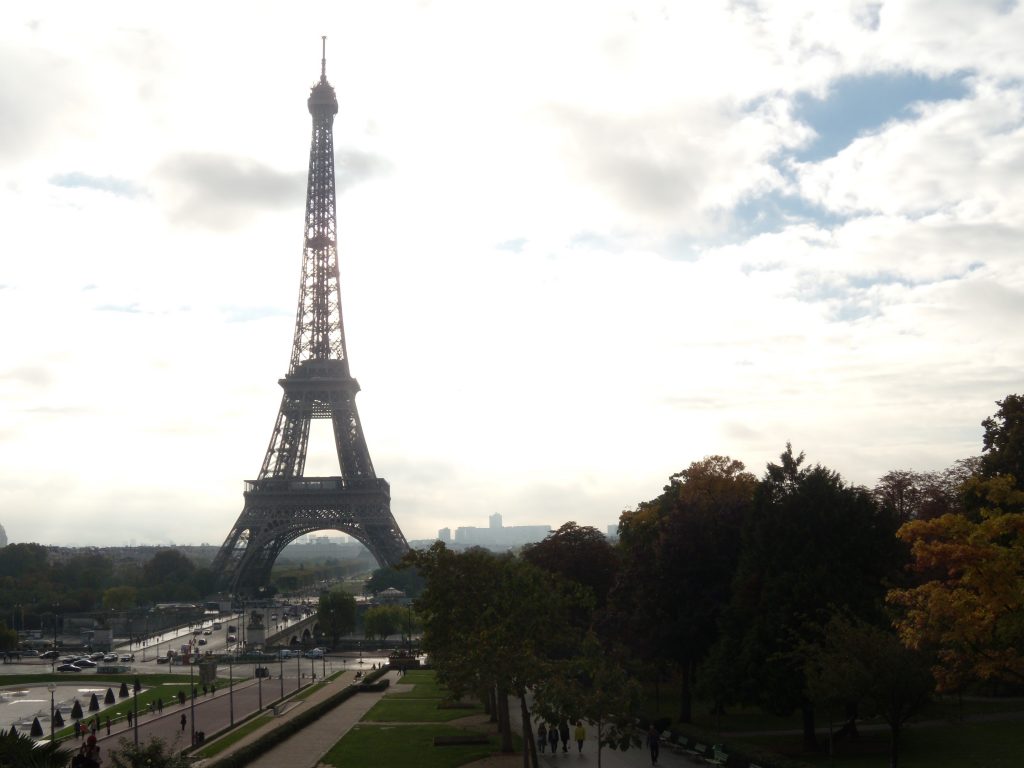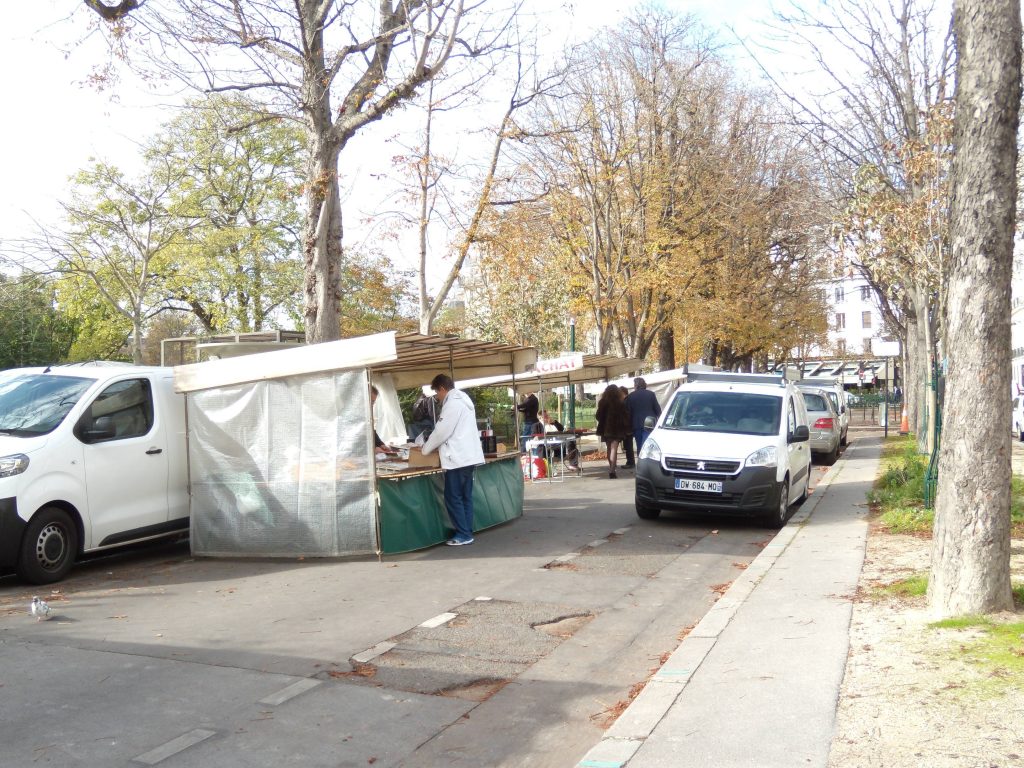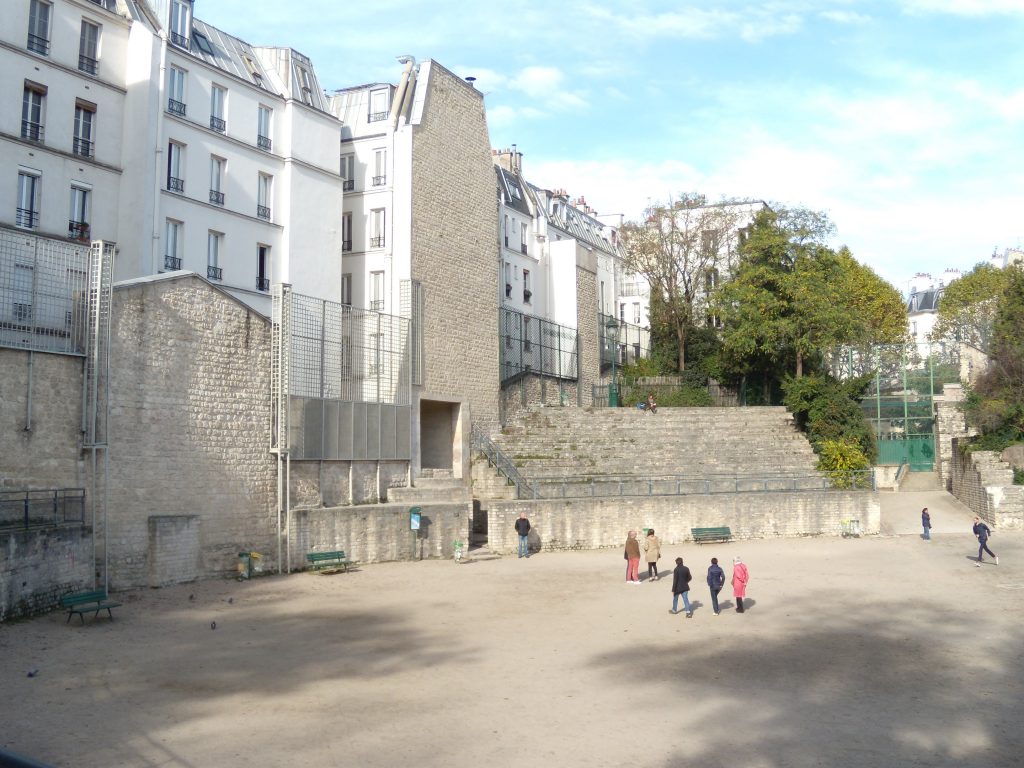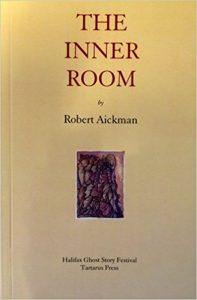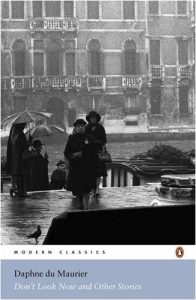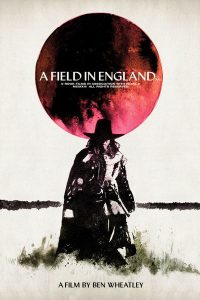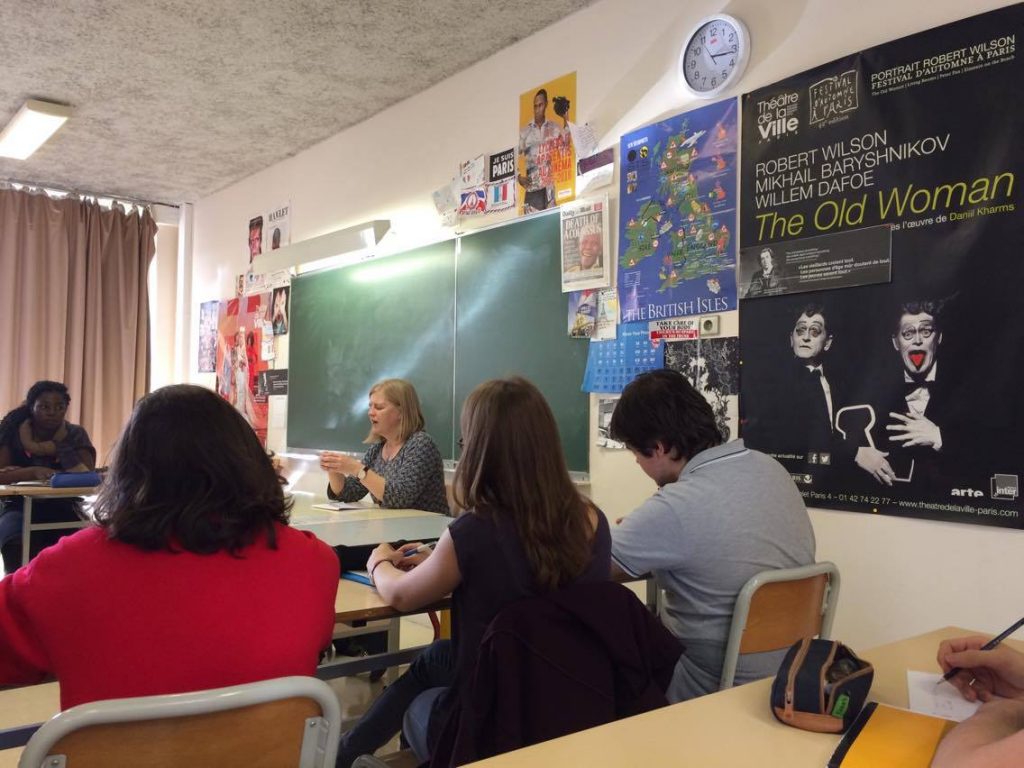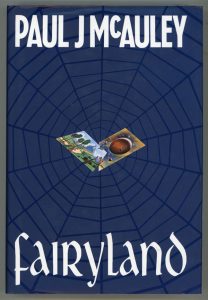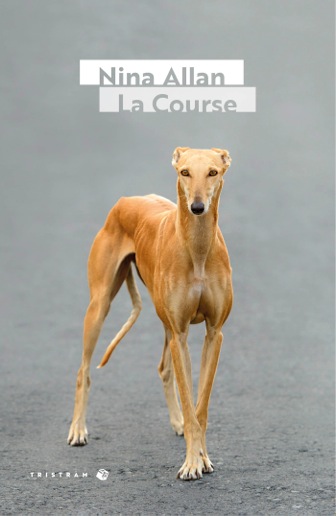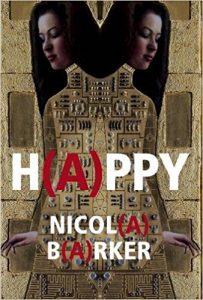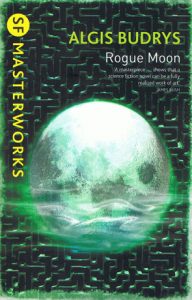One of the questions I’m most frequently asked as a writer is how I first became interested in horror fiction. The answer I usually give – because it’s true – is that I don’t really remember a time when I wasn’t interested in horror fiction. Some of my earliest memories involve me badgering my grandmother to invent stories for me – stories that featured (in no particular order) ghosts, skeletons, monsters, and giant robots. I was born with a love of the weird, in other words, a love that began struggling to find expression as soon as I could form coherent sentences.
There is one memory in particular though that feels central to my development as a horror writer, and once again it involves my grandmother. Gran lived by the sea, in a post-World War Two prefab bungalows that she resolutely refused to trade for bricks and mortar, and that had a strange, if not haunted then certainly resonant atmosphere all of its own. As a child, I loved visiting her there – and I loved being allowed to sort through the boxes and drawers of strange artefacts from earlier periods of her life: pieces of costume jewellery inherited from aunts and godparents, wooden mantelpiece ornaments brought back from her time in Kenya, the silver-plated cruet and biscuit barrel that once graced the sideboard of my great-grandparents’ house in Croydon, the half-hunter pocket watch that eventually became the inspiration for The Silver Wind.
My grandmother also had books. A whole host of them, many of them dating back to before the war. In one corner of her living room there stood a 1930s teak veneer bureau, the lower portion of which had glass sliding doors that were always difficult to open because of the books, crammed three layers deep on the shelves behind. It became one of my favourite pastimes while at my grandmother’s house to remove all the books from the bureau and then replace them in such a manner that they could be more easily seen. Of course they were always out of order again the next time I visited – but this only redoubled the pleasure of setting them to rights.
Many of the books in that bureau were mysterious to me – multi-volume family sagas, a subscription set of Dickens with minuscule print – and I never examined their contents, even while knowing their titles and cover blurbs by heart. Others – The Boy’s Bumper Book of Scientific Puzzles, Adventure Stories for Girls, The Wise Robin, a Tales from the Arabian Knights with pop-up illustrations – I read and reread until the stories and mottoes and intricate line drawings became as familiar to me as snapshots in a family album.
One book, more than the others, held me captive. It was called The Beach House, and I can only imagine it was the title that had appealed to my grandmother, or prompted one of her friends to give it to her as a gift – that random, ultimately spurious connection with the place she lived. Whether she had ever read it I never discovered. I felt shy of asking her, for some reason – I think because I did not want to reveal to her, or to anyone else, that I knew about the book, that I had read it. I think I was afraid someone might deem it ‘unsuitable’ and get rid of it without telling me.
The Beach House told the story of Simon Fletcher, a middle-aged man who retires to a run-down bungalow on the Sussex coast. We know little about him at first. He spends his days renovating the bungalow, only breaking off to undertake long walks along the beach that begins at the end of his road. Sometimes on his walks he encounters a woman in a black hat. Fletcher believes he has seen this woman before, somewhere, and as his obsession with her begins to take hold, we finally learn of the tragic events that brought Fletcher to the beach house in the first place.
The Beach House was not a long book, and yet the atmosphere it evoked – its vision of a lonely, self-deceiving protagonist trapped in a hell of his own making – exerted a powerful hold on me. I reread the book many times over the years, always returning it to its accustomed place in my grandmother’s bureau ready for the next time.
When Gran died I was away at university. I returned home briefly for the funeral, but by the time I next came home on vacation, my grandmother’s home had been dismantled. Together with most of the rest of her personal possessions, the books from the bureau, including The Beach House, had gone to house clearance.
I never saw the book again. I have never been able to find another copy.
*
If you’d asked me at the time if I’d heard of the Eden Book Society I would have said no. The Beach House for me was simply The Beach House – a book I loved as a teenager and that nobody but me seemed to have heard of. It was only much later, when I began taking a professional interest in horror fiction, that I started seeing references to the Eden Book Society in horror magazines. I still didn’t twig the connection between the Eden books and The Beach House, and it was only when someone on a panel at the World Horror Convention at Brighton a couple of years back happened to describe the cover of The Beach House exactly – they remembered it was an Eden book, but not the title or author – that I was able to join the dots.
For me, one of the most fascinating things about the Eden Book Society is that even though it existed right through until the internet age, there is still remarkably little information about either the society or its authors to be found online. There is no complete list of titles, for example – and this in spite of the efforts of various ardent Eden fans to put one together. Virtually every reader or writer of horror fiction you run into at conventions or film festivals or book events will have a story to tell you about an Eden book that particularly affected them, or about a mad year they spent going round second hand bookshops trying to fill the gaps in their Eden collection. What is more surprising – and actually quite weird – is how rarely you will find their story or memory or snippet of Eden folklore overlaps with your own.
It is almost as if our memories of Eden occupy parallel universes, with a different list of titles for every one.
When I first heard that Dead Ink had acquired the rights to the Eden back catalogue, I almost – almost – felt a twinge of regret. Would this wondrous slice of British horror history finally after all these years lose its mystique? The idea was terrifying, and rather sad. But on reflection I have come to the conclusion that we have nothing to fear. The Eden Book Society is bound to create new mysteries about itself, even as the old ones – some of them, anyway – are revealed. That is and always has been its nature. Most importantly, the books themselves – all long out of print – will be returned to us, and at affordable prices.
Which will be your favourite?
